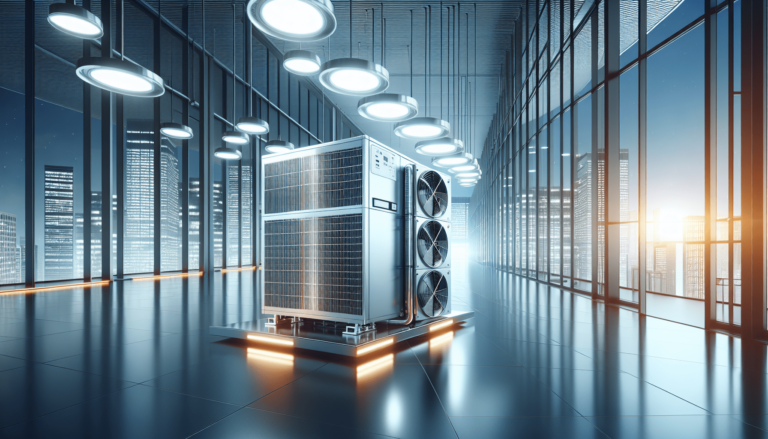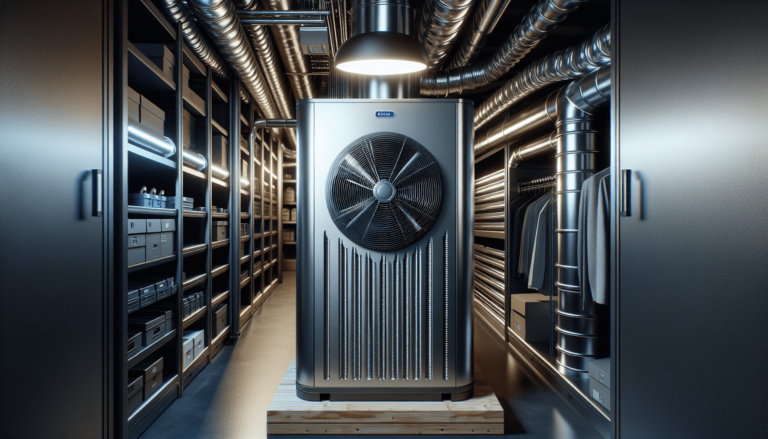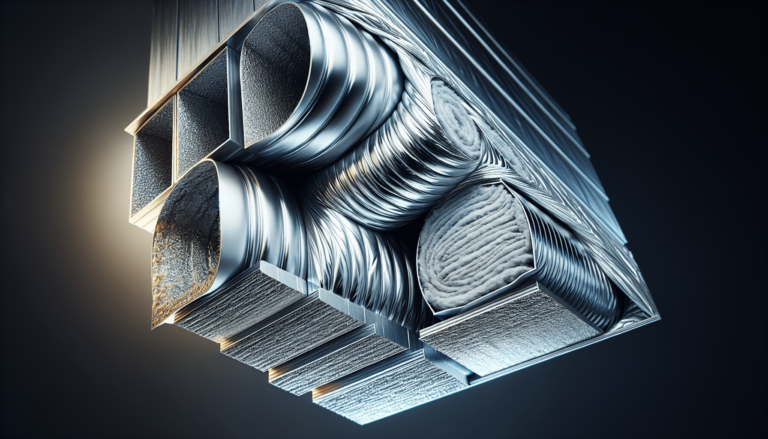

HVAC Services
Get Professional Repairs From The Area's Trusted HVAC Technicians. Ask About Our Services! We Offer Professional Heating & Cooling System Repairs And Guarantee Long-Lasting Results.
Got Question? Call us: (850) 678-2665Financing
Understanding The Different Types Of HVAC Refrigerants
Explore the world of HVAC refrigerants with wit and ease. Discover different types, their environmental impact, and make informed choices for efficient comfort.

Have you ever wondered what keeps your HVAC system cool and comfortable? That magic ingredient is the refrigerant. Understanding the different types of HVAC refrigerants can seem like unraveling a mystery, yet it’s key to feeling confident about your air conditioning or heating choices. Think of refrigerants as the life-blood of air conditioning systems, circulating through them to provide cooling or heating as needed.
What is an HVAC Refrigerant?
An HVAC refrigerant is a compound used in heating, ventilation, and air conditioning systems. It easily transitions between liquid and gas to absorb and release heat, thus enabling the cooling process. An air conditioner focuses on removing warm air from a space, and the refrigerant is pivotal to this process, making indoor climates more comfortable.
How Refrigerants Work
The process involves a cycle of compression, condensation, expansion, and evaporation. The refrigerant absorbs heat from the indoor air, becomes a gas, and then gets compressed. It releases the gathered heat outside when it condenses back into a liquid. And so the process repeats, cooling your space continuously.
Different Types of HVAC Refrigerants
You might ask, why so many types? Well, technological advancements, environmental concerns, and efficiency needs have spurred the development of various refrigerant types. Let’s delve into a few of the primary ones.
R-22 Refrigerant
R-22, also known as Freon, once dominated air conditioning systems. However, it’s being phased out due to environmental concerns. R-22 harms the ozone and poses significant environmental risks, leading authorities worldwide to mandate the transition to alternatives.
R-410a Refrigerant
Enter R-410a, a more environmentally friendly option, often known under brand names like Puron. Designed for higher efficiency and better performance, R-410a serves as the primary substitute for R-22. Systems using this refrigerant run quieter and cooler, offering enhanced reliability.
R-134a Refrigerant
A versatile choice, R-134a is adopted in various systems, from residential air conditioners to vehicle AC units. It replaces R-12 and offers lower ozone depletion potential. While not perfect, R-134a strikes a balance between performance and environmental safety.
R-407c Refrigerant
R-407c is another alternative gaining traction. It closely mimics R-22’s properties, making it a favorable choice for retrofitting existing systems without major equipment overhaul. However, it also presents a moderate global warming potential.
Natural Refrigerants
In recent years, there’s been a shift towards natural refrigerants like ammonia, carbon dioxide, and hydrocarbons. These options have almost zero ozone impact and offer improved efficiency. Yet, they can require specialized systems and safety measures due to flammability and toxicity concerns.

Environmental Impact of Refrigerants
The environment is a significant factor when choosing refrigerants. Many traditional options contribute to global warming and ozone depletion. Regulations aim to mitigate these effects by phasing out harmful refrigerants. Opting for newer, green alternatives can significantly reduce an HVAC system’s environmental footprint.
Understanding Ozone Depletion Potential (ODP)
ODP measures a substance’s effect on the ozone layer. The scale helps identify more sustainable refrigerant options. Ideally, you want a refrigerant with an ODP of zero, indicating no harm to the ozone layer.
Considering Global Warming Potential (GWP)
GWP measures how much heat a greenhouse gas traps in the atmosphere. Lower GWP refrigerants lessen the HVAC system’s overall environmental impact, a factor increasingly important amid growing climate change concerns.
Transitioning to Newer Refrigerants
Transitioning refrigerants isn’t just about replacing one with another; it’s a comprehensive process. Systems designated for R-22 might not seamlessly transition to R-410a or others. Retrofitting and adjustments are often required to ensure compatibility and maintain efficiency.
Retrofitting Existing Systems
Retrofitting involves modifying existing systems to work with newer refrigerants. This process can involve replacing components like compressors and expansion valves, necessitating professional assessment and intervention to ensure seamless operation.
Buying a New HVAC System
Sometimes, replacing an older system can be more cost-effective than retrofitting. New systems are designed for modern refrigerants and offer greater efficiency, reliability, and performance, albeit with a higher upfront cost.

Factors to Consider When Choosing a Refrigerant
Your choice of refrigerant should be influenced by efficiency, environmental impact, and system compatibility. Keeping these factors in mind ensures you’re making a conscious and informed decision for comfort and sustainability.
Efficiency Considerations
Efficiency impacts both environmental footprint and operating costs. Higher efficiency refrigerants help reduce energy consumption, saving money over the long run and aligning with eco-friendly living.
Environmental Regulations
Stay informed about current environmental regulations to avoid fines and ensure you’re using refrigerants legally. Compliance is key, and choosing refrigerants that meet your locality’s requirements guarantees sustainability in the long term.
The Future of HVAC Refrigerants
The future promises continued innovation, with an emphasis on eco-friendliness and efficiency. Expect more developments in natural refrigerants as technology advances, presenting opportunities for enhanced performance and sustainability.
Emerging Technologies
Modern technology steadfastly progresses, manifesting new refrigerant types and systems. These innovations could revolutionize existing HVAC frameworks, leading to greener, more competent, and affordable solutions.
Impact on the HVAC Industry
Future refrigerant advancements will reshape the HVAC industry landscape in profound ways. Companies striving for innovation might discover groundbreaking refrigerants, setting new standards for environmental performance and customer satisfaction.
Conclusion
Understanding different HVAC refrigerants lets you make informed decisions about your cooling and heating needs. Irradiating the complexities around refrigerant types, you’ll now recognize the dynamics between comfort and environmental concern. Whether you’re transitioning a system or exploring efficient upgrades, being aware of refrigerant options not only enhances system longevity but contributes significantly to a healthier planet. For more insights and support on this journey, consider reaching out to Tempacure Heating and Air Conditioning via their website at Tempacure HVAC.







